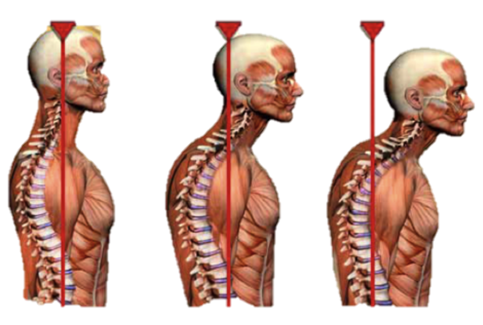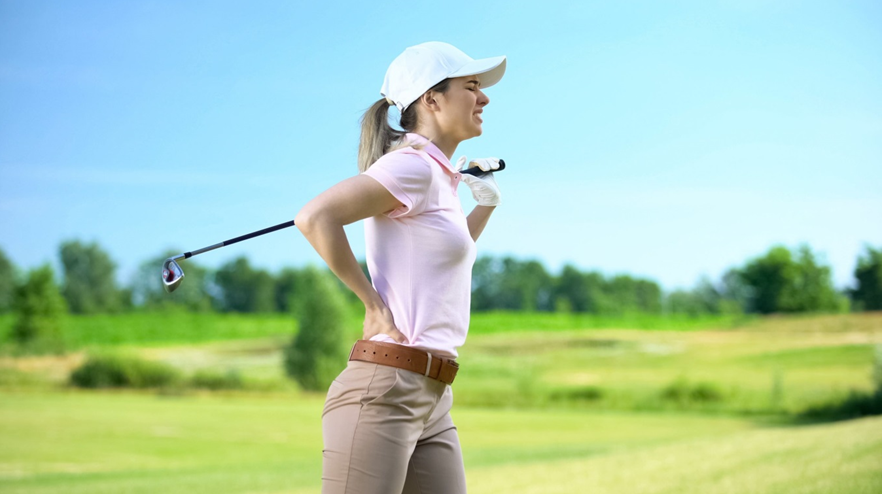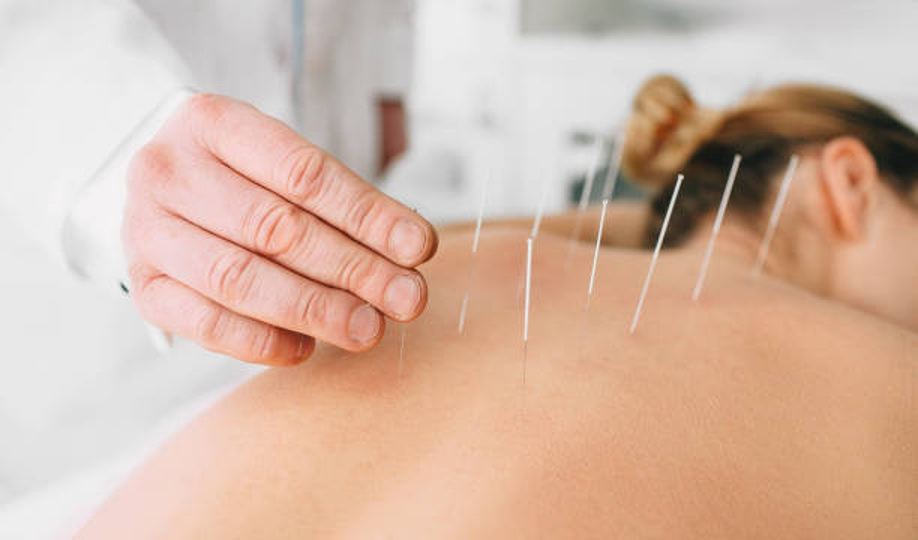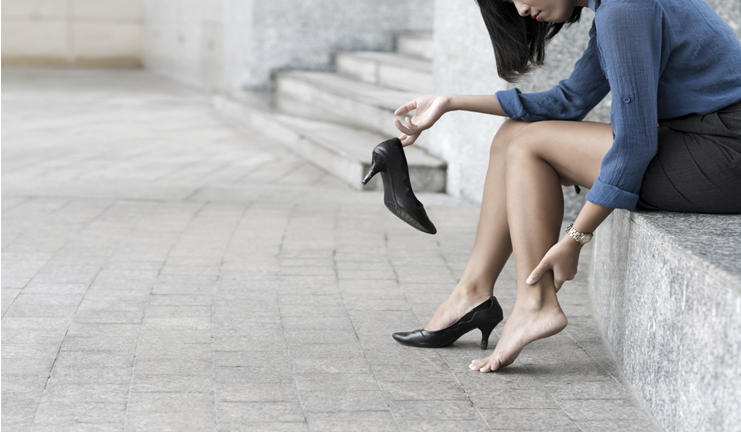UNDERSTANDING THE SPINE ANKYLOSING SPONDYLITIS CONDITION & HOW PHYSICAL THERAPY ALONGSIDE A PAIN MANAGEMENT APPROACH TO HELP RELIEVE SYMPTOMS
The disease known as ankylosing spondylitis is a complex rheumatoid condition that normally causes inflammation that affects the axial skeleton, it primarily tends affects the spine and sacroiliac joints, although it may involve extra articular organs and peripheral joints, (said by JürgenBraun et la 2007). This condition can cause limitations in the movement of the back, as well as alter the functions and structure of the spine. It tends to have a higher prevalence rate in young people, (said by Frédérique Astier et la 2013), and it is estimated that between 0.1 and 1.3% of the world's population suffers or has suffered from this disease, (published by Linda E. Dean et la 2014).
The condition appears with an insidious onset, morning stiffness, greater after periods of inactivity; inflammatory-type pain located at the level of the sacroiliac joints, with irradiation to the buttocks, posterior aspect of the thigh, and some limitation in flexion. It is followed by the disappearance of the physiological spinal curves, beginning with the lumbar lordosis.
 Over the years there have been substantial changes in the treatment of this disease, different techniques, Manchester deep tissues massage, and new physical therapies have emerged that can help the patient to cope with it. However, anti-inflammatory drugs, sports physiotherapy & therapeutic massage in Manchester, remain the focus of these new techniques (JürgenBraun et la 2007).
Over the years there have been substantial changes in the treatment of this disease, different techniques, Manchester deep tissues massage, and new physical therapies have emerged that can help the patient to cope with it. However, anti-inflammatory drugs, sports physiotherapy & therapeutic massage in Manchester, remain the focus of these new techniques (JürgenBraun et la 2007).According to a post by SportsMedToday, the sacroiliac joint is a term used to describe the place where the sacrum and the iliac bones meet. The sacrum is located at the base of the spine; often the athletes that are impaired the most by this condition are young males comprising an average age from 15 to 30 yo, habitually presenting stiffness and regular low back pain lasting more than twelve weeks. As well as, the worst episode of pain is experienced in the morning which can last around half hour and with a tendency to improve throughout the day thanks to physical activity.
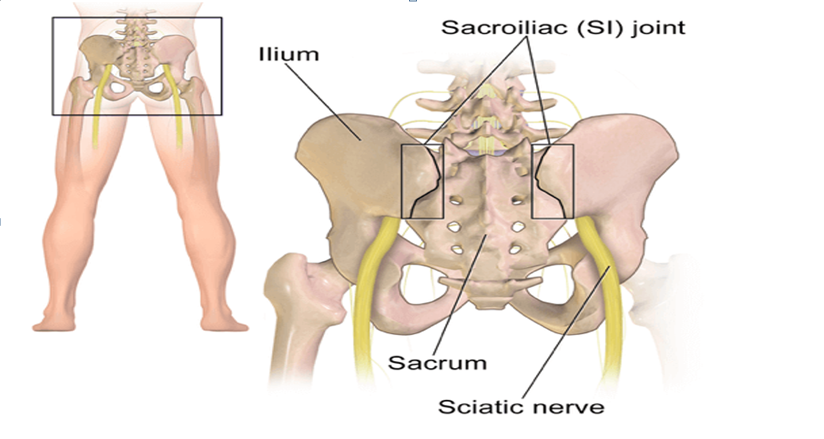 HOW LONG DOES ANKYLOSING SPONDYLITIS TAKE TO HEAL?
HOW LONG DOES ANKYLOSING SPONDYLITIS TAKE TO HEAL? An article published by EverydayHealth, explains that there is evidence where it has been notifying that actually this condition has no cure but rather it can be treated in order to relieve, subside and cease symptoms aiming to get a pain free life and remain in remission as well as preventing from spine stiffening (Blake Miller,2018).
In accordance to this the best option you have got in order to give treatment to your disease is to visit My Sports Injury Clinic Manchester a leading sports physiotherapy in Manchester and find the nearest sport therapy clinic center. You may enquire or request a consultation with our medical health specialists to discuss your health-related concerns or injuries.
We help you go through this situation our sport injury specialists with great expertise, who will address, assess and determine what the most suitable treatment options are for your individual needs, this may vary between sports massage or more complex manual therapy techniques provided in our Manchester City center location.
At My Sports Injury Clinic Manchester we strive for our patients to be in a healthy optimal state both mentality and physically so providing a series of proven conservative treatments that help alleviate, heal and keep your condition away from exacerbating, there are more structured physical therapy programs including, acupuncture in Manchester, Osteopathic techniques for correction purposes to the joints, Chinese massage & cupping therapy, deep tissue, thermotherapy and sports massages, dry needling, and postural correction rehabilitation amongst others.
HOW TO HELP & TREAT A PATIENT WITH ANKYLOSING SPONDYLITIS WITH SPORTS PHYSICAL THERAPY?
Physiotherapy Manchester treatment can be classified into two periods, on the one hand we will address the inflammatory phase and, on the other, the inter-outbreak periods.
In the acute or inflammatory phase, we will focus on reducing pain and inflammation. To do this, we will resort to controlled rest, to reduce inflammation and avoid stiffness.
During these periods of rest, it will be convenient to apply local heat by conduction, as well as educate and make the patient aware of the importance of breathing exercises. Diaphragmatic re-education and rib-ventilation exercises will be performed. Active-assisted mobilisation of the extremities and the cervical spine can be combined. If the possibility of performing isometric exercises is considered, they should be performed with few repetitions to avoid an aggravation of the inflammatory period.
During the non-inflammatory period, we can insist on thermotherapy techniques, including convection (infrared lamps) and conversion (short wave) techniques. The application of low and medium frequency electrotherapy also offers good results as an analgesic measure. The respiratory exercises learned during the inflammatory phase will be continued during this period, insisting on their correct learning, which provides an increase in the patient's vital capacity and allows him to relax. A very important section corresponds to the maintenance and/or increase of vertebral mobility.
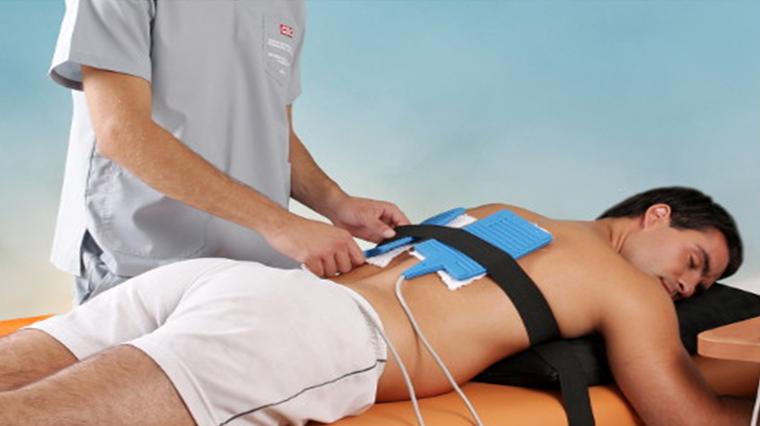 To do this, flexibility exercises will be carried out on all the vertebral segments and, when a segment is stiff, postural treatment will be insisted on to maintain the joint in the most functional position possible. These exercises are also applicable for all peripheral joints, especially in the shoulder and hip.
To do this, flexibility exercises will be carried out on all the vertebral segments and, when a segment is stiff, postural treatment will be insisted on to maintain the joint in the most functional position possible. These exercises are also applicable for all peripheral joints, especially in the shoulder and hip.HOW EFFECTIVE IS THE ANKYLOSING SPONDYLITIS CLINICAL REHABILITATION WITH CONSERVATIVE AND NON-CONSERVATIVE TREATMENT?
Ankylosing spondylitis, as we discussed earlier, is a complex condition and its treatment is no exception. Much has been said on which is the appropriate treatment to treat it and all the investigations have come to the conclusion that the conservative treatment with anti-inflammatory drugs and physical therapy Manchester is the first treatment program to be regarded since it’s proven to be the most effective (H. Song, D et la 2008).
 Regarding the conservative treatment, a study was conducted in 763 patients who underwent 3 weeks of spa exercises followed by 37 weeks of physical therapy Manchester. The results showed 18% improvement in pain condition, 27% increase in physical function, and general improvement in the patient in 28%, those who carried out this study determined that group physiotherapy and controlled by a physio specialist Manchester is highly beneficial (Hanne Dagfinrud et la 2008).
Regarding the conservative treatment, a study was conducted in 763 patients who underwent 3 weeks of spa exercises followed by 37 weeks of physical therapy Manchester. The results showed 18% improvement in pain condition, 27% increase in physical function, and general improvement in the patient in 28%, those who carried out this study determined that group physiotherapy and controlled by a physio specialist Manchester is highly beneficial (Hanne Dagfinrud et la 2008). Surgical treatment to treat ankylosing spondylitis has not yet been proven as a factor for the improvement of the mechanism affected by the inflammation caused by this disease to date and normally only physiotherapeutic treatment is recommended in conjunction with the administration of non-steroidal anti-inflammatory drugs (M Dougados et la 2002).
WHAT GENDER IS MORE SUSCEPTIBLE TO SUFFER FROM ANKYLOSING SPONDYLITIS?
Ankylosing spondylitis has a significant prevalence worldwide, as previously claimed this prevalence is between 0.1 to 1.3%, which makes it one of the most common rheumatoid diseases. Young people tend to be the most affected in terms of its prevalence, the ages most likely to present this condition are between the second and third decade of life, that is, early adulthood (Mark Mansour et la 2007).
An article published by MayoClinic enlightens as a general rule the subjects affected with this affection have the HLA-B27 gene, nonetheless, individuals with this gene can normally live a healthy life without even undergoing AS.
ARE MEN MORE LIABLE TO GO THROUGH ANKYLOSING SPONDYLITIS?
In addition, the results of a hundred studies carried through historically have affirmed that women have a lower risk of suffering from this disease to be specific the mean average is 1% in the female sex and 3.4% in the male sex.
WHAT POPULATION IS MORE LIKELY TO EXPERIENCE ANKYLOSING SPONDYLITIS?
A review article was performed by the British Society for Rheumatology was performed regarding the subjects more prone to endure ankylosing spondylitis, in this sense, this research was carried out in different countries resulted in the Asian and European continents with the highest incidence (Gareth T. Jones et la 2014).
HOW OFTEN DO ELITE ELITE ATHLETES SUSTAIN ANKYLOSING SPONDYLITIS?
Most of the young athletes who attend to a clinical consultation do it as a result of some sort of discomfort caused by a specific activity, although these athletes may also suffer from other systemic pathologies such as rheumatoid diseases, which shows a tendency to be pretty alike to sports-related injuries when it comes to symptoms and signs, these patients should undergo a comprehensive physical clinical examination by your ideal sports physiotherapist Manchester and get to determine a precise diagnosis of what type of rheumatoid inflammatory disease is going to be dealing with (Fabio Jennings et la 2008).
An article published states that AS is more prone to attack young athletes, especially elite swimmers. However, they also added that there is no statistical analysis to corroborate this information, contrary to the prevalence in gender and age, but within these percentages, a significant number of athletes who suffer from this condition should always be considered.

References
Linda E. Dean, Gareth T. Jones, Alan G. MacDonald, Christina Downham, Roger D. Sturrock, Gary J. Macfarlane, Global prevalence of ankylosing spondylitis, Rheumatology, Volume 53, Issue 4, April 2014, Pages 650–657, https://doi.org/10.1093/rheumatology/ket387
Dougados M, Dijkmans B, Khan M, et alConventional treatments for ankylosing spondylitisAnnals of the Rheumatic Diseases 2002;61:iii40-iii50.
Codish S, Dobrovinsky S, Abu SM, Flusser D, Sukenik S. Spa therapy for ankylosing spondylltis at the Dead Sea. The Israel Medical Association Journal 2005;7:443‐6.
Analay Y, Ozcan E, Karan A, Diracoglu D, Aydin R. The effectiveness of intensive group exercise on patients with ankylosing spondylitis. Clinical Rehabilitation 2003;17(6):631‐6.
Eric Toussirot, The Risk of Cardiovascular Diseases in Axial Spondyloarthritis. Current Insights, Frontiers in Medicine, 10.3389/fmed.2021.782150, 8, (2021).
Jennings F, Lambert E, Fredericson M. Rheumatic diseases presenting as sports-related injuries. Sports Med. 2008;38(11):917-30. doi: 10.2165/00007256-200838110-00003. PMID: 18937522.
